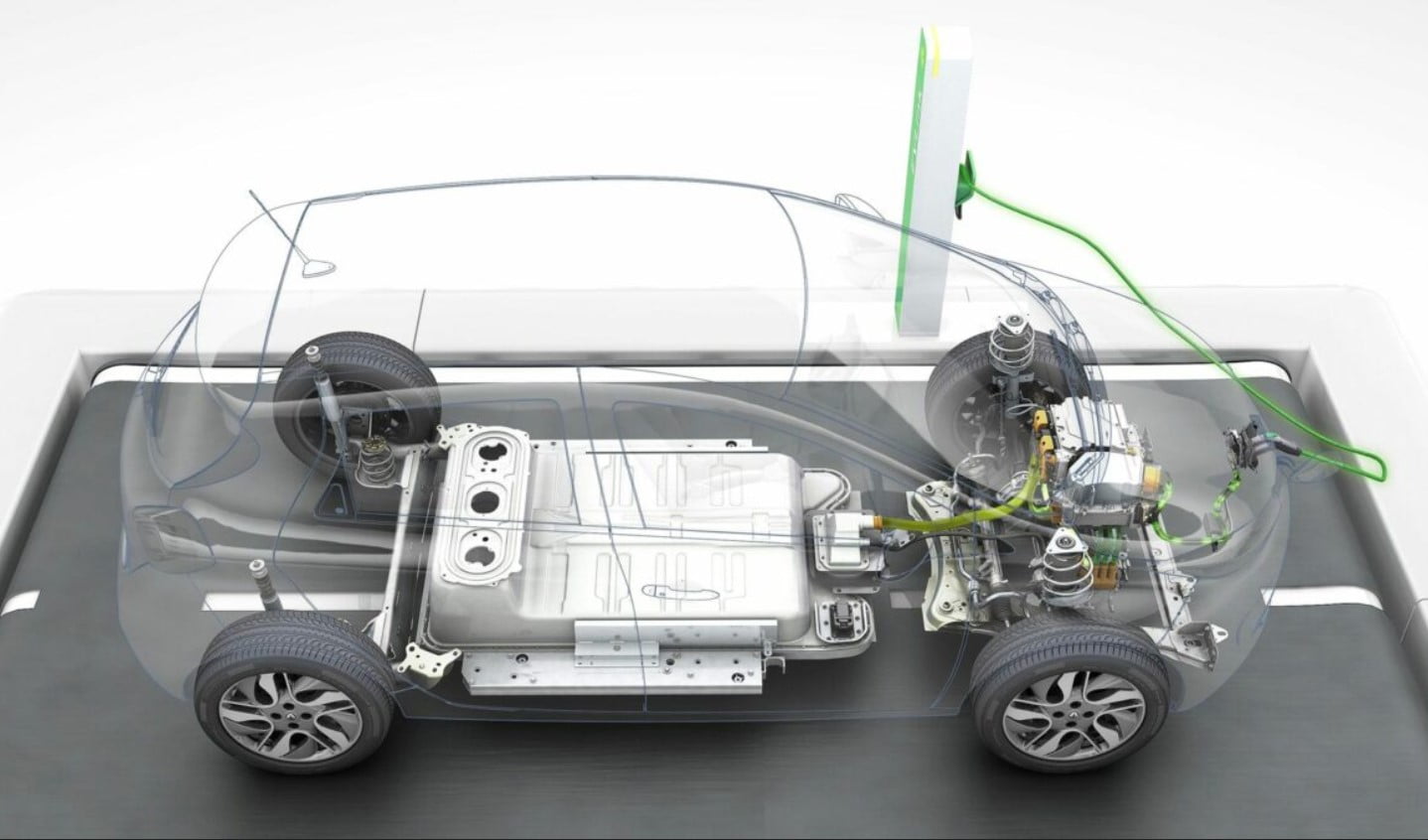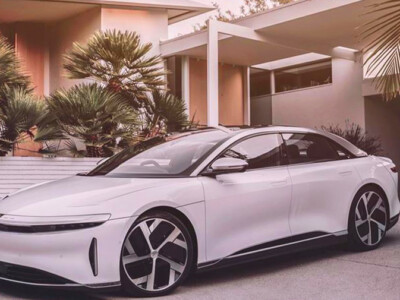
Michigan-based startup Our Next Energy (ONE) unveiled a prismatic anode-free battery cell this week, claiming it will pave the way for 600-mile electric vehicles.
The prototype cell will be integrated into a BMW iX prototype later this year as part of a dual-chemistry battery pack. ONE stated in a press release that it aims to have a volume-produced version of the dual-chemistry configuration, called Gemini, by 2026, enabling 600 miles of range “across a broad range of vehicle platforms,” including trucks and SUVs.
ONE revealed its 600-mile test iX earlier this year but had not detailed the chemical features. The startup now says it will combine anode-free chemistry with iron and lithium phosphate (LFP), similar to the type popularized by Chinese automakers and now used by Tesla in certain vehicles.
The 1007 Wh/L anode-free cells eliminate the need for graphite and associated manufacturing equipment, enabling cell costs of $50 per kWh at scale, or roughly half the cost of current lithium-ion cells, according to ONE.
Anode-free cells typically have a lower cycle life than conventional lithium-ion cells, which would normally make them unsuitable for use in cars. However, ONE claims its dual-chemistry Gemini packs solve that issue with a 90% reduction in cycle and peak power requirements, and adds that a patented DC-DC converter allows LFP and anode-free chemistries to be integrated into a single pack.
Each chemistry is used for a specific function: LFP for daily driving and anode-free for long-distance trips. With this arrangement, ONE anticipates a lifespan of 250,000 miles.
LFP cells allow for steady charging and reduced demand for hard-to-source ingredients but are slightly heavier and need a boost in cold climates, likely all remedied with this dual-chemistry approach.
ONE appears to be the only entity attempting to bring dual-chemistry battery packs to the mainstream, though it’s certainly not the only company thinking about it. For example, Nissan has been working on its own solid-state cells, and within that project has not ruled out combining chemicals within packs.
Long-range electric vehicle drivers seldom take advantage of the full range and battery capacity of their EVs. So, while many startups are betting on faster-charging cells, this approach could prove better not only for automakers but also for the end user.







